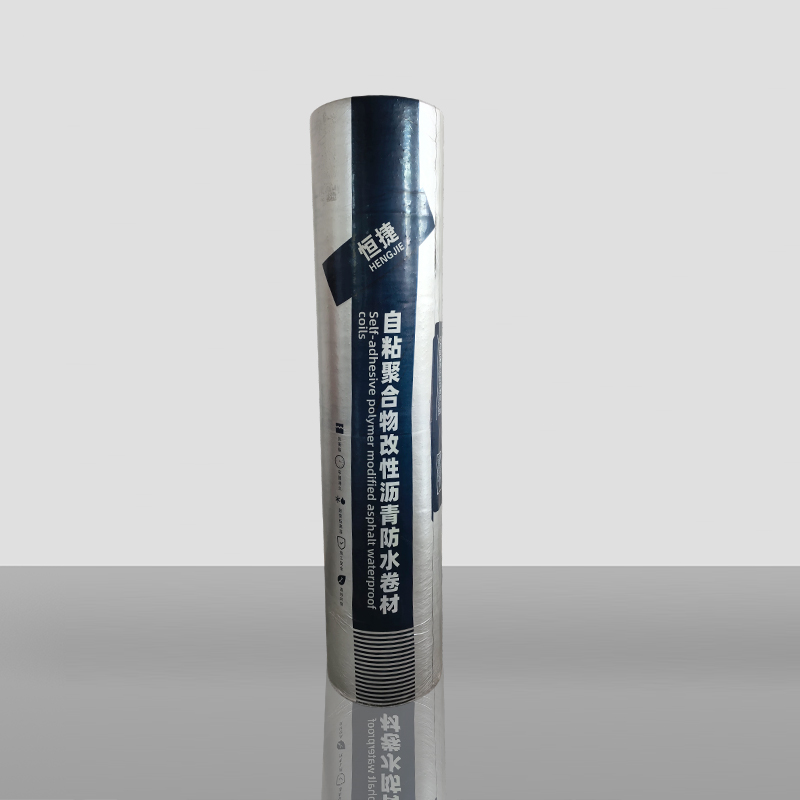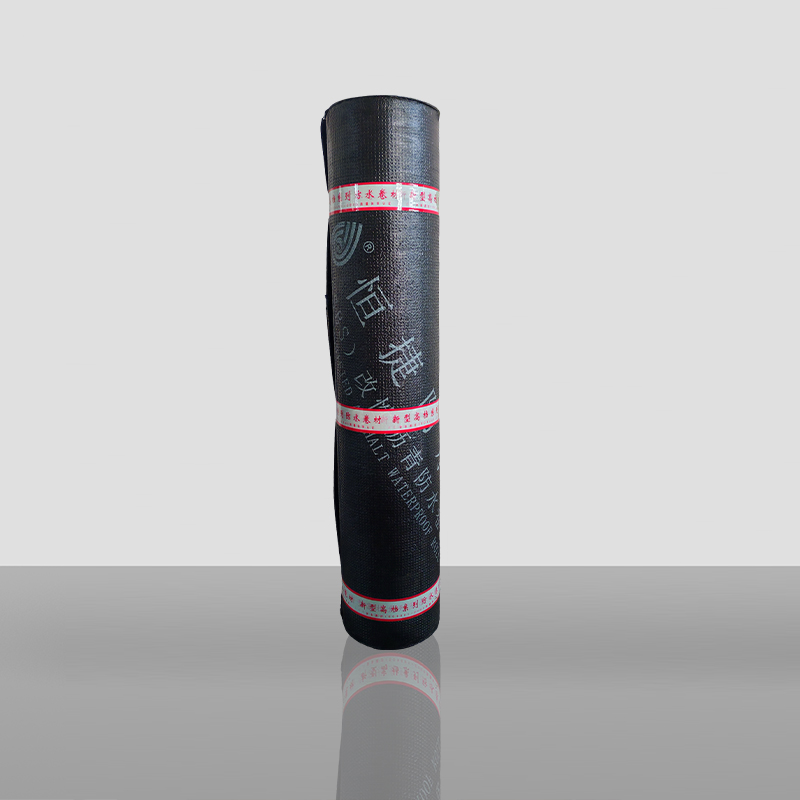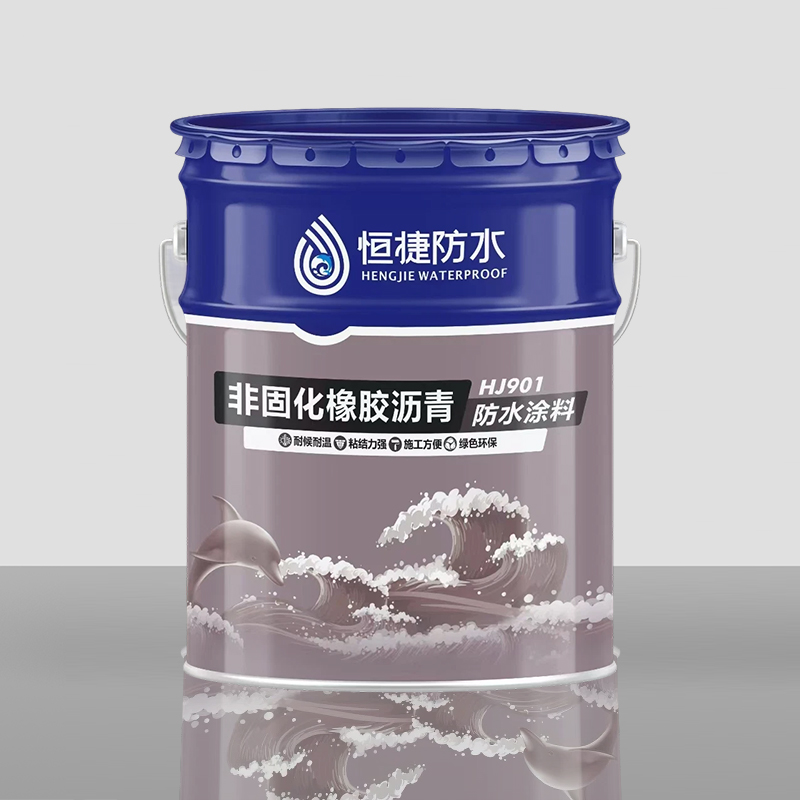What environmental factors will affect the life of self-adhesive polymer modified bitumen waterproof membrane?
Release Time : 2025-06-05
The service life of self-adhesive polymer modified bitumen waterproof membrane will be affected by a variety of environmental factors, which may act alone or in combination to cause the performance of the membrane to gradually decay. The first is the influence of temperature changes. Under high temperature conditions, the modified asphalt and polymer materials in the membrane may creep due to softening, causing the membrane to deform, flow, or even lose the adhesiveness of the bonding layer; while low temperature will make the membrane hard and brittle, and it is easy to crack under stress. Frequent temperature cycle changes will accelerate the fatigue damage of the internal structure of the material. For example, in areas with large temperature differences between day and night or obvious alternation of four seasons, the membrane will continue to experience thermal expansion and contraction, and the internal polymer chain may break, which will affect the overall performance.
Light is also a factor that cannot be ignored, especially ultraviolet radiation. Ultraviolet rays have high energy and can penetrate the surface of the membrane, triggering oxidation reactions of polymers and causing material aging. The surface of the membrane exposed to sunlight for a long time will gradually fade and become brittle, the coating may crack and peel off, and the waterproof function will decrease accordingly. In high-altitude areas or tropical areas with strong light, this aging phenomenon will be more significant, and the service life of the membrane may be greatly shortened.
The influence of humidity and moisture environment on the life of the coil is also critical. Although the coil itself is used for waterproofing, if it is in a humid environment for a long time, moisture may penetrate through the tiny pores or joints of the coil. If the moisture content of the base layer is too high, the evaporation of water may generate steam pressure after construction, causing the coil to bulge and bubble. For scenes with long-term contact with water such as underground projects, continuous water pressure may cause the coil to peel off from the base layer, or accelerate the hydrolysis reaction of the material, destroy the polymer structure, and reduce the adhesion and tensile properties.
Chemical substances and pollutants in the air can also cause corrosion to the coil. In areas with severe industrial pollution, the air may contain acidic gases such as sulfides and nitrogen oxides. These substances combine with rainwater to form acid rain, which will corrode the protective layer on the surface of the coil and weaken the physical properties of the material. In addition, in the high salt fog environment in coastal areas, chloride ions have strong permeability and may invade the interior of the coil, causing rust on the metal base, or chemically react with asphalt components, causing brittleness and fracture of the coil.
Load and external force are another type of environmental factors that affect the life of the coil. In roofing or underground projects, the rolls may be subjected to static or dynamic loads such as personnel movement, equipment installation, and soil weight. If the load is too large or unevenly distributed, the rolls may be mechanically damaged, such as puncture, tearing, or overstretching, which will become channels for water penetration and accelerate the aging of the rolls. In environments with large vibrations (such as transportation hubs and industrial equipment areas), continuous vibrations may gradually weaken the adhesion of the roll joints, resulting in cracking or debonding.
Microbial environments may also pose a threat to the rolls. Under humid and warm conditions, microorganisms such as fungi and algae can easily grow and reproduce on the surface of the rolls. The metabolic activities of microorganisms may secrete acidic substances, eroding the surface materials of the rolls, while the growth of their roots or hyphae may penetrate deep into the rolls and destroy the integrity of the material structure. This microbial erosion phenomenon is more common on roofs covered with vegetation or underground spaces that are dark and humid for a long time, which may cause the rolls to fail prematurely.
The construction environment and post-maintenance measures also indirectly affect the life of the rolls. For example, if the base layer is not smooth, has sharp protrusions or oil stains during construction, the membrane may not be firmly attached, posing a hidden danger; and in later maintenance, if the roof debris is not cleaned up in time and local damage is not repaired, small problems may gradually expand and accelerate the aging of the membrane. In addition, whether the waterproof design in different environments is reasonable (such as whether a more weather-resistant model is selected and whether the thickness matches the usage scenario) will also be directly related to the service life of the membrane in a specific environment. In general, understanding these environmental factors and taking targeted protective measures are the key to extending the service life of self-adhesive polymer modified bitumen waterproof membrane.







